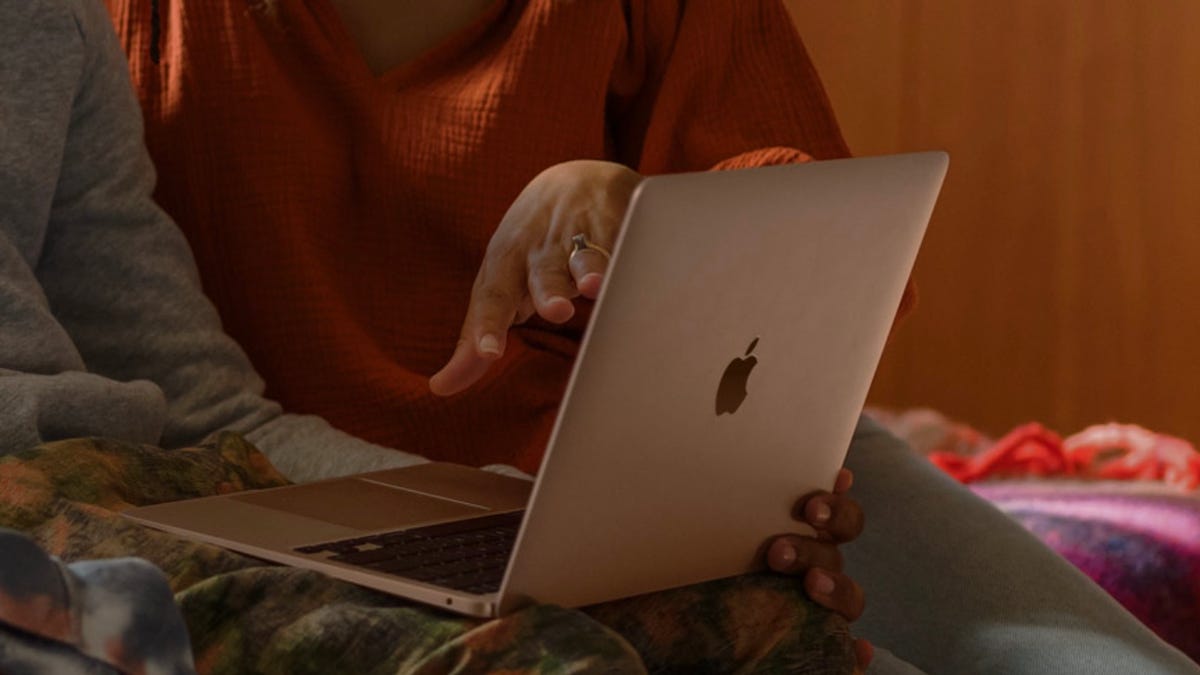How to use Low Power Mode in MacOS Monterey
MacOS Monterey brought a fair number of improvements to the platform. One of the more important updates for those who need to eke out as much battery life as possible is called Low Power Mode.
For anyone who uses an iPhone (sorry… Android person here), you’ll already be familiar with Low Power Mode. What this does is configure the device to preserve as much of the battery life as possible.
This reduces energy consumption by automatically turning down screen brightness and lowering the CPU clock speed. Not only does this help to reduce battery consumption, but it also has the added effect of keeping your MacBook quieter because the fans will not run (thanks to the lower CPU clock speed).
Also: How to set your Mac screen to dark mode
Of course, the caveat to this is that, since you’re lowering the clock speed of your device, you’ll lose out on a bit of power. However, since Low Power Mode can be enabled and disabled rather easily, you can do it on the fly. In other words, when you need more battery, enable Low Power Mode, and when you need more power, disable it.
So, how do you enable Low Power Mode in MacOS Monterey? Let me show you.
Requirements
The only thing you’ll need here is a MacOS device (a MacBook Pro or MacBook Air) running MacOS Monterey. I’ll demonstrate it on a MacBook Pro with Version 12.5 of the OS.
How to Use Low Power Mode in MacOS Monterey
First, open the System Preferences app. You can do this by clicking the Apple icon in the top left corner of your desktop, which will open a drop-down menu. From that drop-down menu, click System Preferences.
The System Preferences app is accessible from the Apple menu. Image: Jack Wallen
Within the System Preferences window, locate and click the Battery option.
The Battery option is in the bottom row. Image: Jack Wallen
From the Battery section in System Preferences, you’ll be presented with the Usage History. To access the Low Power Mode option, click Battery in the bottom left section of the sidebar. In that window, you’ll see the Low Power Mode option. Click the associated check box to enable Low Power Mode.
This will immediately switch on Low Power Mode so your device will start using less battery. Remember, you won’t have the same level of performance as you did with Low Power Mode off, so if you find some apps (or the OS as a whole) have less performance, that’s why.
Enabling Low Power Mode in MacOS Monterey. Image: Jack Wallen
When you no longer need Low Power Mode, simply reverse the process and your MacBook will be back to full power and standard battery drain.
Also: Your iPhone battery is lying to you in weird ways
This option is a great way to extend the battery life of your Apple laptop, so you can work and play longer without worrying your battery will prematurely drain. If you know you’re going to be on the go, without the means to grab a quick charge, Low Power Mode should be considered a must. You’ll extend the battery life on your device and the performance hit shouldn’t be too dramatic and won’t keep you from being productive.
For all the latest Technology News Click Here
For the latest news and updates, follow us on Google News.

